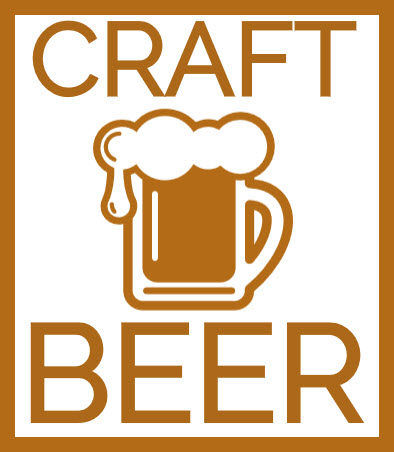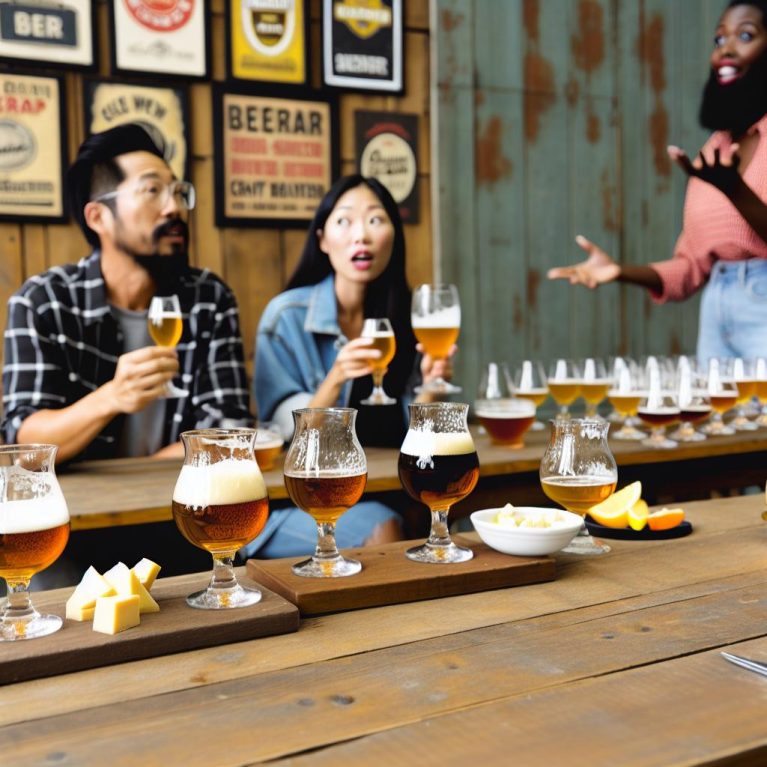Planning Your Craft Beer Tasting Event
Organizing a craft beer tasting event requires thorough planning and meticulous attention to detail. A well-structured event can significantly enhance the experience for participants, showcasing the diversity and complexity of craft beer. Craft beer events have become popular social gatherings, bringing together enthusiasts who appreciate unique flavors, brewing techniques, and the art of fermentation. The history of beer is rich and varied, making each tasting event an opportunity to explore the intricacies of this beloved beverage.
Selecting the Beers
Choosing the right selection of beers is vital to the success of your tasting event. It is important to offer a diverse range of styles to highlight the rich tapestry of flavors and aromas in the craft beer world. From *Indian Pale Ales* (IPA) and stouts to lagers and saisons, each style offers unique characteristics that allow attendees to compare and contrast flavors, aromas, and textures. When selecting beers, consider also including some lesser-known styles or experimental brews to intrigue and educate your audience.
It can be particularly rewarding to source beers from local breweries. Not only does this support community businesses, but it also introduces participants to breweries they may not have yet discovered. This local focus can provide a unique flavor profile reflecting regional tastes and brewing traditions.
Setting the Location
Creating the Right Ambiance
The venue for your beer tasting event significantly influences the overall ambiance and participant experience. Choose a comfortable space with adequate seating and good lighting to showcase each beer’s color and clarity effectively. If hosting the event at home, ensure you have sufficient glassware and a suitable area for serving and tasting the beers.
For larger events, consider renting a venue equipped with necessary amenities, including refrigeration for the beers, appropriate glassware, and seating arrangements that promote interaction among guests. The atmosphere should be relaxed yet engaging, encouraging guests to indulge in spirited conversations about each tasting.
Consider Outdoor Locations
Depending on the weather and time of year, outdoor locations can bring a refreshing element to your beer tasting event. Parks, gardens, or venues with patio spaces can provide natural lighting, enhancing the visual aspect of each beer sampled. However, make sure to have a contingency plan in case of unexpected weather changes, such as a covered area or the option to move indoors if necessary.
Providing Necessary Supplies
To conduct a successful tasting, you’ll need appropriate supplies to facilitate an enjoyable experience for each attendee. Essential supplies include:
– Tasting glasses: Ensure that each participant has access to clean, appropriately-sized glassware that allows for the full appreciation of a beer’s aroma and appearance.
– Water: Providing water for palate cleansing between samples helps guests reset their taste buds and fully appreciate each beer’s uniqueness.
– *Spit buckets*: Offer for those who prefer not to consume all samples fully or are practicing moderation.
– Note cards or tasting sheets: These tools enable participants to record their observations, preferences, and any notable characteristics of each beer, fostering a deeper engagement with the tasting process.
Educating Participants
An educational component can greatly enrich the tasting experience, distinguishing your event from a simple social gathering. Consider providing information about each beer, such as its origin, brewing process, and key characteristics. This can be done through printed materials, informative tasting sheets, or a brief introduction before tasting each sample.
To add depth, invite a local brewer or beer expert to share insights and answer questions. Their expertise can demystify the brewing process and highlight fascinating aspects of each beer’s flavor profile. Offering anecdotal insights into the history or cultural significance of certain styles can also captivate and engage the audience.
Conducting the Tasting
The order in which beers are tasted can significantly impact participants’ palate perceptions. It is generally advised to start the tasting with lighter beers and progress to darker or more robust options. This approach prevents the palate from being overwhelmed early on and ensures a more nuanced appreciation of each style. Encourage participants to observe the color, aroma, and flavor profile of each beer, discussing their impressions and sharing their evolving preferences as they proceed through the tasting.
Enhancing the Experience with Food Pairings
Pairing beers with complementary foods can significantly elevate the tasting experience. Select foods that enhance the flavors of the beer or provide a pleasant contrast. Items like cheese, charcuterie, or nuts are traditional choices, each with distinct textures and tastes that interact with the beer.
When choosing pairings, be mindful of food allergies and preferences, offering a range of options to accommodate all attendees. Consider including tasting notes on why a particular food was paired with a specific beer, enhancing participants’ understanding of taste dynamics.
Promoting Responsible Consumption
One of the most important aspects of hosting a beer tasting event is promoting responsible consumption. Encourage guests to pace themselves, providing ample time between tastings, and ensuring there is ample water available to maintain hydration. Offer transportation options for those who might require them, such as taxi or ride-sharing service details.
Clearly communicate the importance of drinking in moderation to ensure a safe and enjoyable experience for everyone involved. This type of proactive approach ensures that all attendees can participate in the event responsibly and enjoy the flavors and experiences on offer without concern.
Feedback and Engagement
After the event, take the opportunity to gather feedback from participants. This can provide valuable insights for future events and help you understand what attendees enjoyed or found lacking. Encourage open dialogue by asking participants about their favorite beers, pairings, and any new discoveries they made.
Consider fostering ongoing engagement by creating an online community or newsletter to share future beer-related events and information. This continued connection can keep the excitement alive, cementing your event in the participants’ memories and encouraging them to attend future tastings.
Legal and Logistical Considerations
Before hosting your event, it is crucial to familiarize yourself with any legal requirements, such as permits or licenses required to serve alcohol in your area. Each jurisdiction has its own set of rules and regulations, and compliance is essential to avoid any legal complications. Additionally, consider logistical elements like seating arrangements, cleaning up after the event, and organizing transportation if needed. Addressing these components ensures a smooth and memorable event for all parties involved.
By addressing these logistical elements and ensuring all necessary legal considerations are met, you create a foundation for a memorable and enriching craft beer tasting event. The careful planning and execution of the event reflect the dedication and passion central to the craft beer community, ensuring a rewarding experience for all involved.

